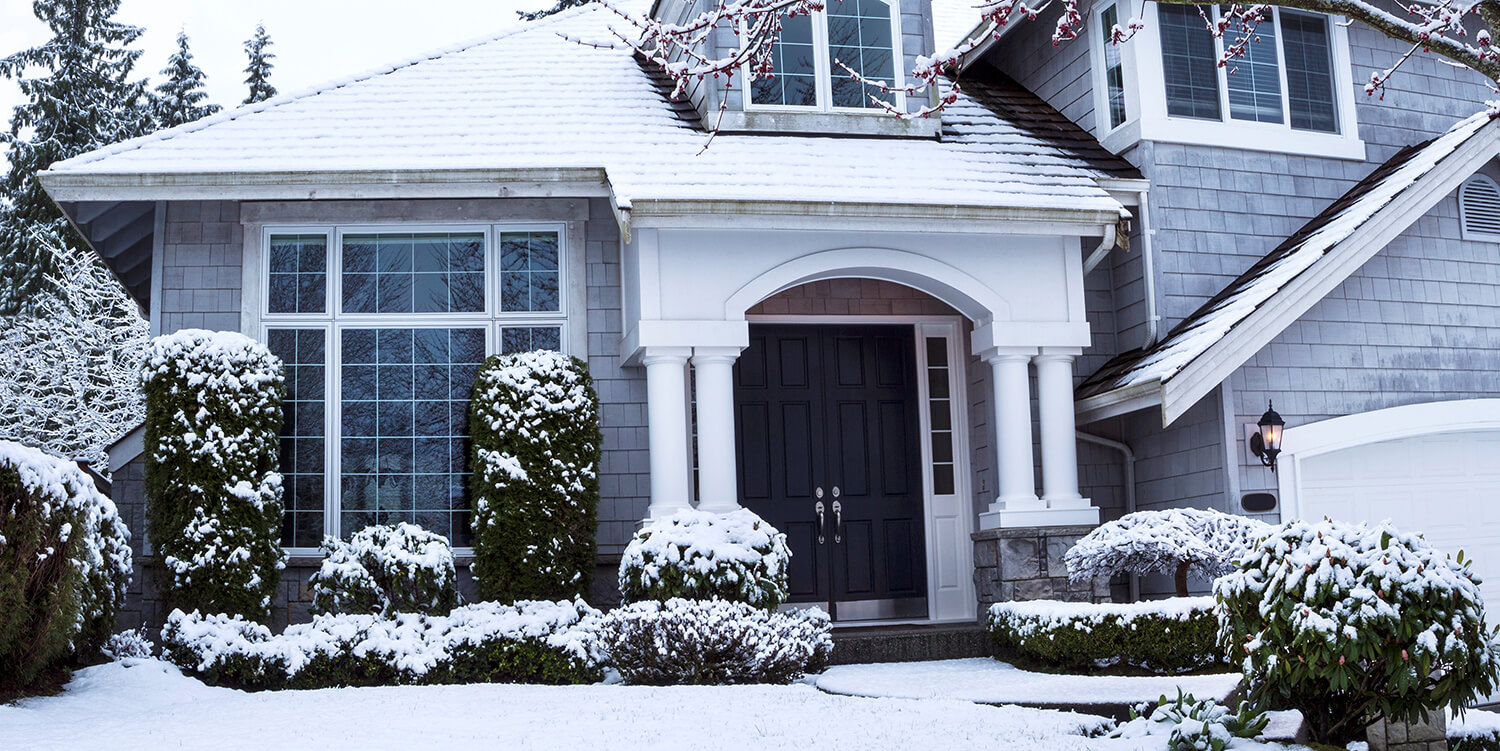Owning or maintaining a house with a low slope roof comes with its own set of considerations and challenges.
While homes with a low slope roof are not as common as traditional A-frame or gabled roofs, they are still an important percentage of the home styles one finds in Southeast Virginia, especially near the beach. Because of their low slope, these roofs must be installed and maintained differently than higher pitched roofs. Whether you’ve owned a house with a low slope roof for years or are considering purchasing or building one, here are some critical things you need to know to keep your home’s health in tip top shape.
Drainage: Proper drainage is critical for low slope roofs to prevent water pooling, which can lead to leaks and structural damage. Regularly clean gutters and ensure downspouts are clear to allow water to flow freely off and away from the roof.
Material Selection: Choose roofing materials specifically designed for low slope roofs, such as built-up roofing (BUR), modified bitumen, or single-ply membranes like TPO or EPDM. These materials are more suitable for low slope applications and provide better protection against water infiltration. A good roofing contractor can point you in the right direction and let you know which materials make the most sense for the Tidewater, Virginia climate and conditions.
Inspection and Maintenance: Regular inspections are essential to catch any issues early on. Because of the nature of low slope roofs, it may be more difficult to assess the situation from the ground. Having a local roofing company inspect your roof on a regular basis or when you believe an issue may be occurring is critical to ensuring its longevity and preventing further damage.
Regular Cleaning: Keep the roof clean from debris, such as leaves, branches, and dirt, which can accumulate and prevent proper drainage. Regular cleaning can help prevent clogs and extend the lifespan of your roof.
Ventilation: Proper ventilation is important for any roof to prevent moisture buildup, but it’s especially crucial for low slope roofs where water may not drain as quickly. Ensure you have adequate ventilation in the attic space to prevent condensation and mold growth.
Ice and Snow Removal: Low slope roofs are more prone to ice dam formation, especially in colder climates. Ice dams can cause water to freeze and back up under the roofing material, leading to leaks and damage. Use roof rakes or hire professionals to safely remove snow and ice buildup during winter.
Professional Assistance: Consider hiring a professional roofing contractor experienced with low slope roofs for inspections, repairs, and installations. They can provide expert advice, manufacturer recommended and code-compliant installation to ensure the work is done correctly, which will ultimately prolong the life of your roof and meet your warranty’s standards.
Andrews Roofing Can Help
At Andrews Roofing, we have decades of experience in a wide variety of roofing styles including low slope and flat roofs. Whether commercial or residential, we can provide installation, maintenance, and replacement for your low slope roof. Contact us today to schedule your roofing estimate.



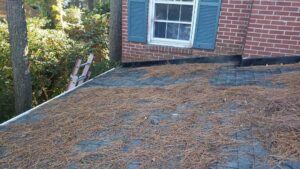

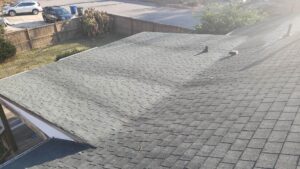
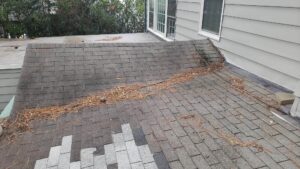
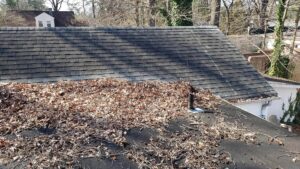
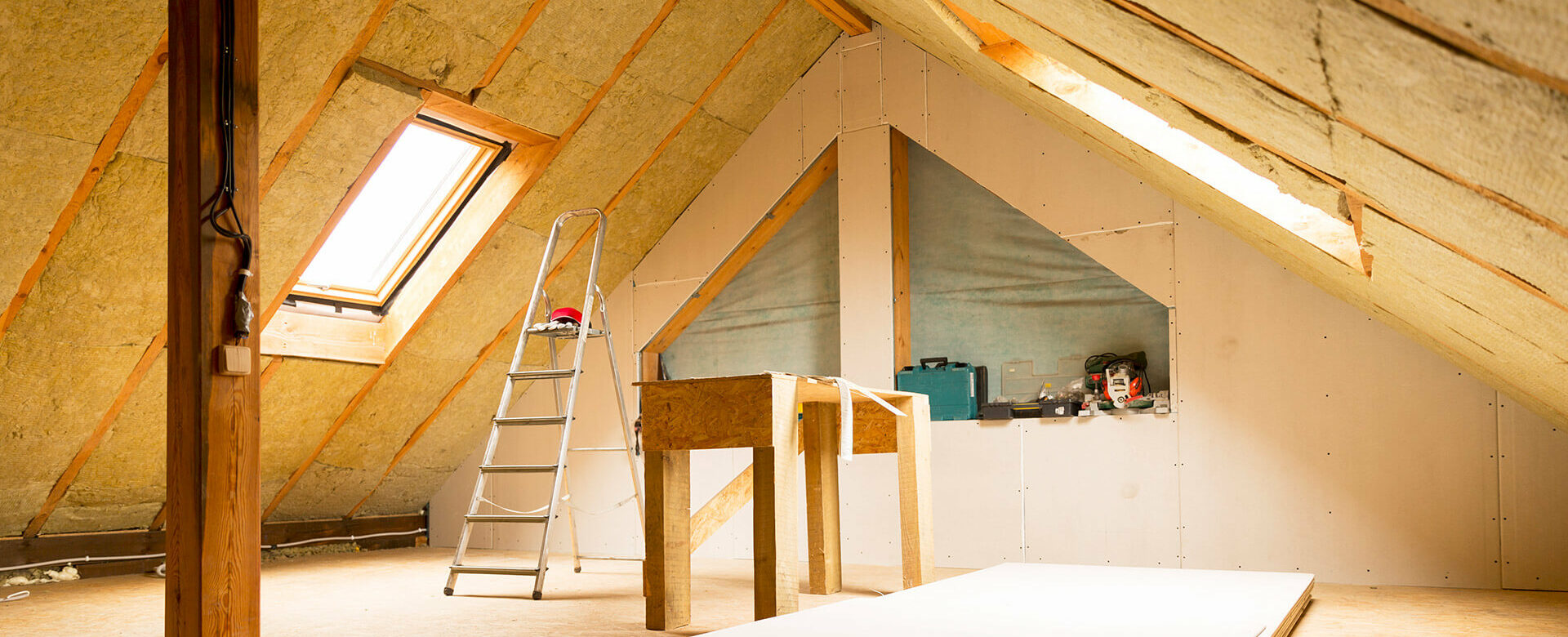
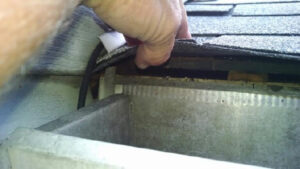
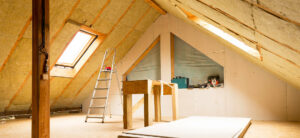




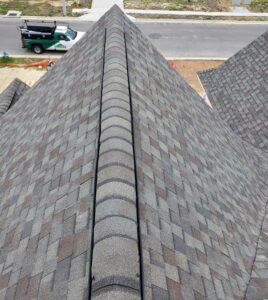 As the weather changes from cold to mild to hot in Hampton Roads, you may find yourself fiddling with the thermostat more than usual. The dramatic changes in temperature that the spring season brings to southeast Virginia can affect a lot of systems around your house, and your roof is no exception.
As the weather changes from cold to mild to hot in Hampton Roads, you may find yourself fiddling with the thermostat more than usual. The dramatic changes in temperature that the spring season brings to southeast Virginia can affect a lot of systems around your house, and your roof is no exception.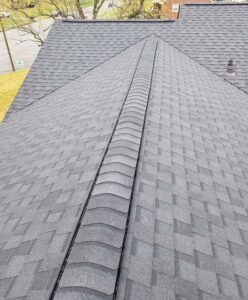 Your roof is highly susceptible to temperature changes both inside and outside of your home due to the sheer surface area and exposure to the elements. This is why proper ventilation is critical. In fact, ventilation may be the most important factor in roof durability. It’s easy to focus on the durability factors of your roofing materials – the lifespan of metal versus asphalt shingles versus composite materials and so on. But no matter how well made a roofing material is, if it’s installed over an unventilated roof, it’s bound to fail.
Your roof is highly susceptible to temperature changes both inside and outside of your home due to the sheer surface area and exposure to the elements. This is why proper ventilation is critical. In fact, ventilation may be the most important factor in roof durability. It’s easy to focus on the durability factors of your roofing materials – the lifespan of metal versus asphalt shingles versus composite materials and so on. But no matter how well made a roofing material is, if it’s installed over an unventilated roof, it’s bound to fail.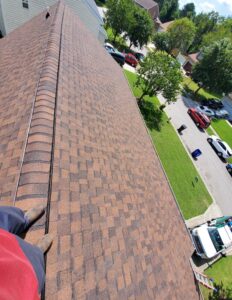
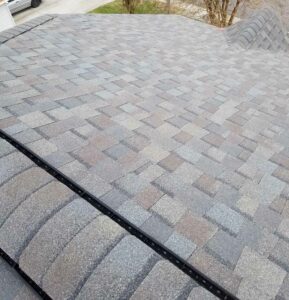 In addition to this free flow of air, insulation can play a key role in proper attic ventilation. Ideally an attic will have a gap-free layer of insulation on the attic floor to protect the house below from heat gain or loss. It will also have a vapor retarder under the insulation and next to the ceiling to stop moisture from rising up from the home into the attic space. Then there should be enough vented spaces to let air in and out, and finally, there should be a minimum of one inch between the insulation and the roof sheathing. With these systems in place, your attic and roof are likely to stand the test of time.
In addition to this free flow of air, insulation can play a key role in proper attic ventilation. Ideally an attic will have a gap-free layer of insulation on the attic floor to protect the house below from heat gain or loss. It will also have a vapor retarder under the insulation and next to the ceiling to stop moisture from rising up from the home into the attic space. Then there should be enough vented spaces to let air in and out, and finally, there should be a minimum of one inch between the insulation and the roof sheathing. With these systems in place, your attic and roof are likely to stand the test of time. The best way to ensure that all of the proper ventilation measures have been taken to extend the life of your roof is to work with a qualified, licensed roofing contractor. At Andrews Roofing, we’ve been providing Hampton Roads homeowners with high quality roofing services for years, and we are experienced with the unique seasonal and meteorological issues that homes in this area face. If you’re concerned about your roof receiving ideal ventilation or if you need your roof system repaired or replaced,
The best way to ensure that all of the proper ventilation measures have been taken to extend the life of your roof is to work with a qualified, licensed roofing contractor. At Andrews Roofing, we’ve been providing Hampton Roads homeowners with high quality roofing services for years, and we are experienced with the unique seasonal and meteorological issues that homes in this area face. If you’re concerned about your roof receiving ideal ventilation or if you need your roof system repaired or replaced, 
